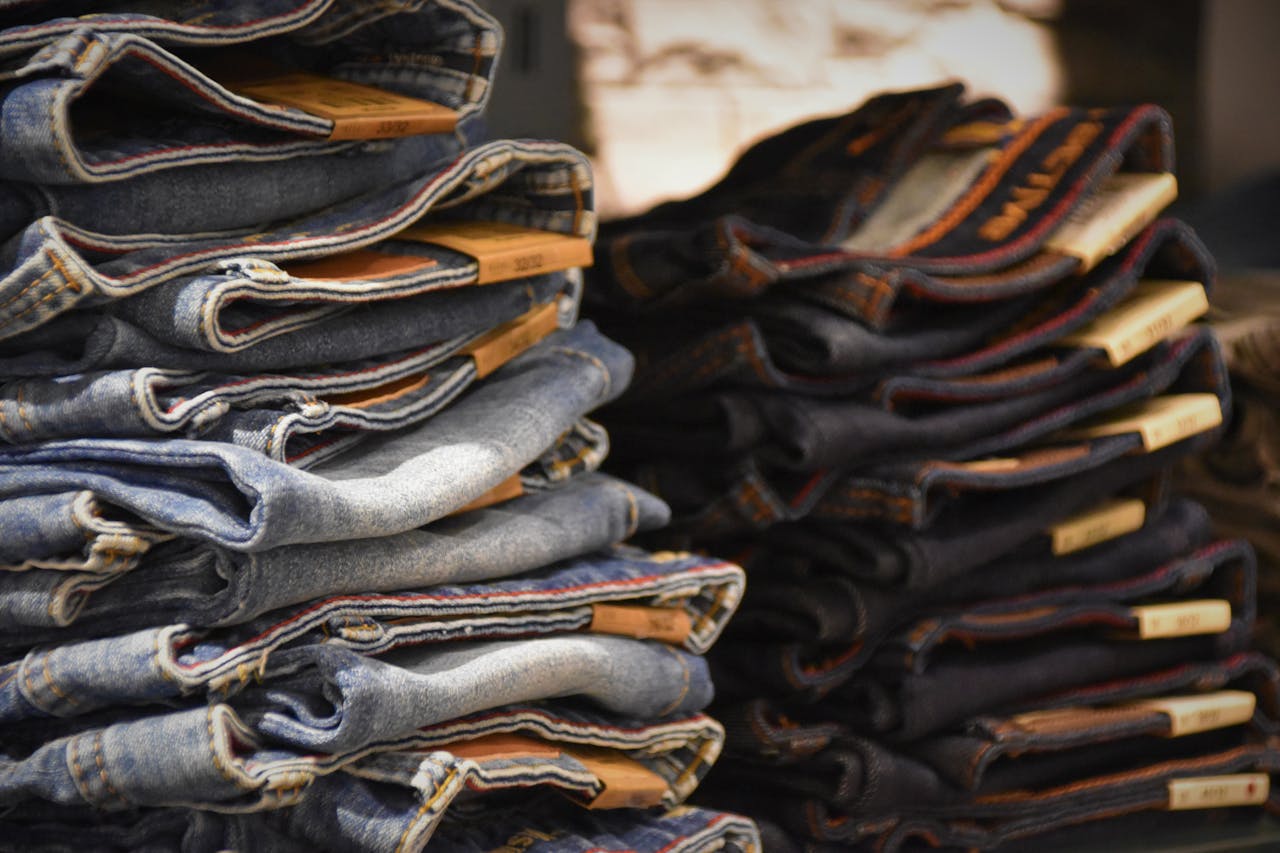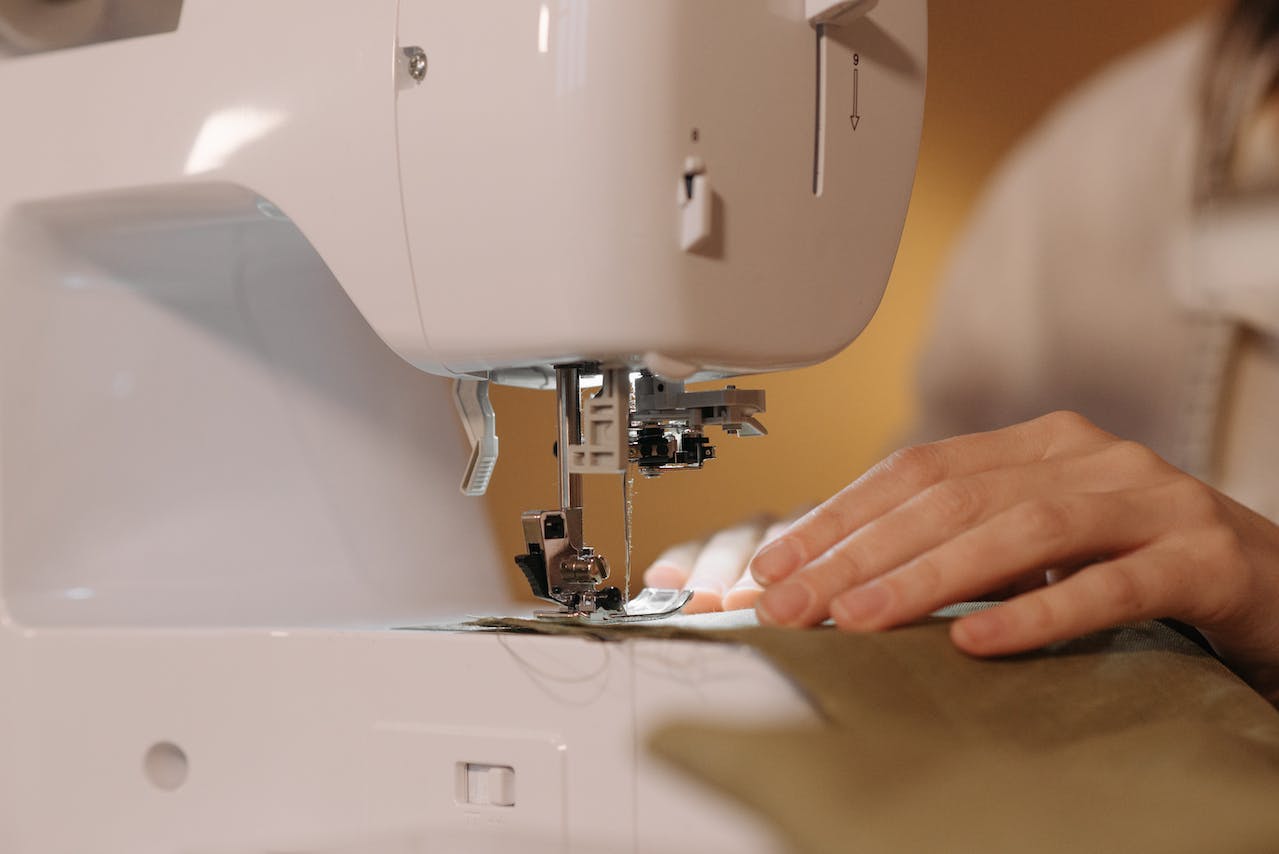All around the world, new fashion trends are constantly emerging; from time to time, the older ones are modified and brought back to life. While the primary function of clothes is to cover the wearer’s nakedness and protect them from the elements, it goes beyond just that for many people. For instance, many consumers in this industry belong to the lot who will only wear what is trending and in fashion. Additionally, certain professions and occupations require one to dress a certain way, which further strains the topic.
The pace at which the clothing and fashion industry is progressing is alarming, and as you might have guessed, the waste generated from it also puts some pressure on the environment. This means that as the major players in the textile industry take measures to reduce this strain, the consumers are also responsible for playing since we all need a healthy environment. Laura Wey from Puratium says that when shopping for your wardrobe, you can reduce waste in a few ways. By so doing, you will be playing your part in sparing the environment from harm.
Design for Durability and Timelessness
This is a crucial approach in the fashion industry that focuses on creating clothes that last longer and remain stylish over the years. This method:
- Encourages high-quality materials that withstand wear and tear, ensuring that garments maintain their shape, color, and functionality for a long time.
- Emphasizes classic designs beyond seasonal trends, allowing people to wear the pieces for various occasions without going out of style.
By adopting these principles, fashion designers can contribute to a more sustainable fashion industry. Consumers benefit by investing in pieces that don’t need to be replaced often, saving money in the long run and reducing the environmental impact associated with the constant production and disposal of clothing.
Adopt Sustainable Materials
Adopting sustainable materials is a vital strategy in the fashion industry to minimize the environmental impact of clothing production. Eco-friendly materials, such as organic cotton, bamboo, recycled fabrics, and other sustainable alternatives, play a significant role in this process. These materials are favored for several reasons:
- Organic cotton is grown without harmful pesticides and chemicals, reducing water pollution, and preserving soil health.
- Bamboo is a highly renewable resource that requires less water and no pesticides to grow, making it a sustainable choice.
- Recycled fabrics repurpose existing materials, reducing waste and the demand for new raw resources.
By choosing these sustainable options, fashion brands and consumers can significantly lower the carbon footprint and environmental degradation associated with traditional clothing production. This approach not only helps in conserving natural resources but also promotes a cleaner, healthier environment.
Implement Circular Fashion Models
Circular fashion is an innovative approach in the fashion industry aimed at promoting sustainability through a closed-loop system. This model ensures that clothing is designed, produced, and utilized in a manner that extends its lifecycle and minimizes waste. Critical initiatives within circular fashion include:
- Recycling: Old garments are transformed into new products, reducing the need for virgin raw materials, and decreasing waste.
- Upcycling: This process involves creatively reusing clothing to enhance its value or functionality, giving old garments a new life.
- Resale: Selling previously owned clothes encourages the reuse of garments and reduces the demand for new clothing production.
By implementing circular fashion models, the industry can significantly reduce its environmental impact by conserving resources, minimizing waste, and promoting the sustainable use of clothes. This benefits the planet by reducing the fashion industry’s carbon footprint and offers consumers a more eco-conscious way to enjoy fashion.
Increase Transparency and Traceability
Increasing transparency and traceability within the fashion industry involves brands providing detailed information about their supply chains, manufacturing processes, and the sustainability of their products. This movement towards openness aims to:
- Empower consumers with the knowledge they need to make informed choices about the clothes they buy, enabling them to support brands that align with their values on sustainability and ethical practices.
- Encourage brands to scrutinize their practices, pushing them towards adopting more eco-friendly and ethical manufacturing methods to meet consumer demand for transparency.
This level of transparency builds trust between consumers and brands, fostering a culture of accountability. When companies disclose where and how their products are made and the environmental impact of these processes, it helps consumers choose better products for the planet and motivates the entire industry to shift towards more sustainable practices.
Encourage Responsible Consumption
Encouraging responsible consumption is about teaching consumers the environmental impacts of their fashion choices and urging them to adopt more mindful shopping habits. This involves shifting towards buying less, choosing high-quality items that last longer, and caring for clothes to extend their lifespan. Key initiatives that support this approach include:
- Wardrobe swapping allows people to refresh their wardrobes without new production by exchanging clothes with others.
- Renting clothes: Ideal for special occasions, renting reduces the need to buy new, seldom-worn outfits.
- Buying second-hand: Purchasing pre-owned items saves them from landfills and reduces the demand for new clothing production.
These practices help reduce waste and minimize the environmental footprint associated with the production and disposal of clothing. By adopting a more conscious approach to fashion, consumers can significantly promote sustainability and reduce the industry’s impact on the planet.
Improve Recycling Technologies
Improving recycling technologies in the fashion industry is crucial for turning old textiles into high-quality materials, significantly reducing the volume of clothing in landfills. Traditional mechanical recycling methods often degrade the quality of fibers, limiting their reuse for high-end products.
Enhanced recycling methods ensure that more garments can be recycled efficiently and effectively, contributing to a more circular and environmentally friendly fashion ecosystem.
Today, it is advised that you put all the clothes that cannot be worn, donated, or resold in one bag and take them to a cloth factory where they will be recycled and the garments repurposed to make other products. You will be surprised at what old clothes can be turned into clothing recycling factories. For instance, blankets, rugs, and cushions are by-products of waste clothes.
Implement Extended Producer Responsibility (EPR) Policies
Implementing Extended Producer Responsibility (EPR) policies is a strategic approach that places the accountability for the lifecycle of products—including their take-back, recycling, and disposal—directly on manufacturers. This shift encourages companies to:
- Design products with recycling in mind, making them easier to dismantle and process at the end of their life.
- Reduce the environmental impact of their products through the use of more sustainable materials and manufacturing processes.
EPR policies drive companies to consider the entire environmental footprint of their products, from production to post-consumer waste. By holding manufacturers responsible for their products beyond the point of sale, these policies incentivize the creation of goods that are less harmful to the environment and designed for a circular economy. This can lead to innovations in product design, more efficient recycling processes, and reduced waste, contributing to a more sustainable and responsible approach to production and consumption.
Promote Repair and Maintenance
Promoting repair and maintenance is a sustainable approach that encourages consumers to extend the lifespan of their clothes, significantly reducing waste. By making it easier for people to repair their garments, either through offering services or providing DIY repair kits, the fashion industry can:
Encourage a shift in consumer behavior towards valuing longevity and quality in clothing, rather than the fast-fashion model of disposable wear, and reduce the environmental impact associated with producing new garments and disposing of old ones, as repairing clothes keeps them in use longer and delays their journey to the landfill.
This initiative helps conserve resources and fosters a deeper connection between consumers and their clothes, promoting a culture of care and responsibility. By supporting repair and maintenance, brands can contribute to a more sustainable fashion ecosystem where the lifecycle of garments is significantly extended.
Regulate and Reduce Overproduction
Regulating and reducing overproduction in the fashion industry is essential for addressing the massive waste and environmental damage it causes. The sector often produces far more clothing than is sold, leading to unsold items being discarded or destroyed.
Implementing regulations and industry standards to curb overproduction can significantly help in reducing waste by encouraging brands to adopt demand-driven production models, which align more closely with actual consumer needs and reduce the volume of unsold inventory, and promoting the use of more sustainable practices, such as just-in-time manufacturing or made-to-order models, to limit unnecessary production and resource use.
The fashion industry can move towards a more sustainable and efficient operation, minimizing its carbon footprint and reducing the burden on landfills. This shift benefits the environment and encourages a more responsible and conscious approach to fashion production and consumption.
Engage in Collaborative Efforts
Engaging in collaborative efforts is crucial for driving systemic change in the fashion industry towards sustainability. The complex challenges of environmental impact, waste management, and ethical labor practices require a united approach. Collaboration among different stakeholders—brands, governments, NGOs, and consumers—enables:
- Resource Sharing: Pooling resources can lead to developing and adopting innovative technologies and methods that might be too costly for individual entities to pursue alone.
- Knowledge Exchange: Sharing insights, research, and best practices helps all parties learn from each other’s successes and mistakes, accelerating the industry’s overall progress toward sustainability.
- Scaling Solutions: Collaborative projects can pilot and refine sustainability initiatives, making implementing them broadly across the industry easier.
Such partnerships foster an environment where sustainable practices are not just niche or marketing tools but are integrated into the core operations of the fashion ecosystem.
Donate or Resell Unused Clothes Donate or Resell Unused Clothes
One man’s meat is another man’s poison, so they say. What you don’t use might be a necessity for somebody else. You can go through your closet and set aside clothes you do not wear and those you have not worn over the last three months. Identify a charity group or families in your neighborhood and share it with them. For those that will not be picked due to differences in size, you can donate them by dropping them off at the clothing banks.
Conclusion
New clothes will always be produced, and we all want to look elegant. However, it is essential to consider how your fashion habits affect the environment. With the few tips above, we can all help minimize the waste the fashion industry generates. We can become friends with the environment!





